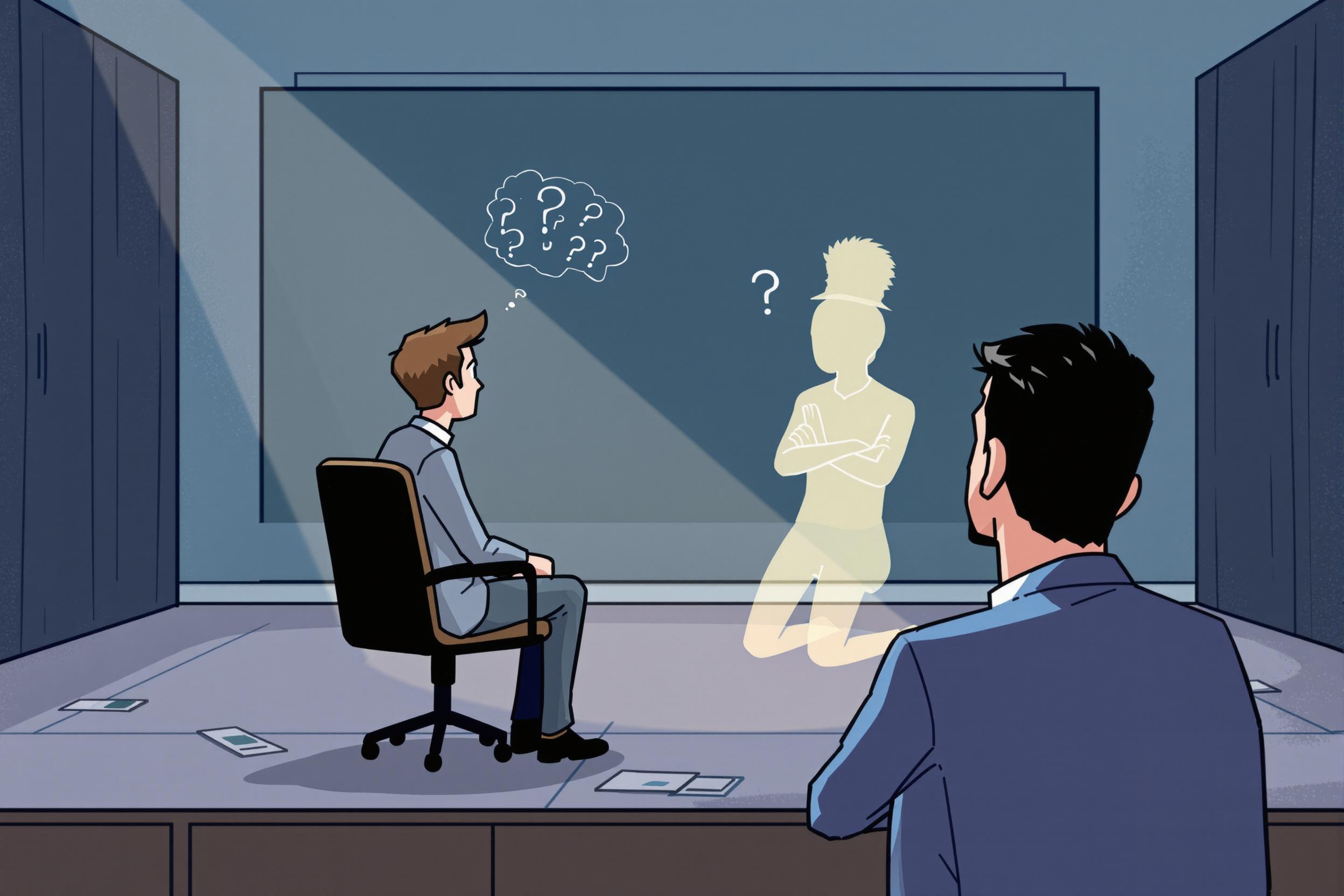
Brush Mark
A brush mark refers to visible lines or streaks left by a paint brush on a finished surface. In professional painting, the presence or absence of brush marks can be either intentional or undesirable, depending on the desired finish. Some decorative painting styles specifically showcase brush marks for artistic effect, while other applications (like automotive or fine furniture painting) aim for a smooth finish without any visible brush marks. When reviewing resumes of painters, this term often indicates their skill level in controlling paint application and their understanding of different finishing techniques.
Examples in Resumes
Achieved flawless finishes with minimal Brush Marks on high-end residential projects
Specialized in decorative painting techniques utilizing intentional Brush Mark patterns
Trained junior painters in proper techniques to control Brush Marks on various surfaces
Typical job title: "Painters"
Also try searching for:
Where to Find Painters
Professional Organizations
Online Communities
Job Boards
Example Interview Questions
Senior Level Questions
Q: How do you train others to achieve consistent finishes with minimal brush marks?
Expected Answer: A senior painter should explain their teaching methods, including proper brush selection, paint consistency, and application techniques. They should also mention how they adapt training for different surface types and paint products.
Q: How do you determine when brush marks are desirable versus when they should be eliminated?
Expected Answer: Should discuss different client requirements, architectural styles, and finish types, demonstrating knowledge of when certain textures enhance the final look versus when a smooth finish is required.
Mid Level Questions
Q: What techniques do you use to minimize brush marks on different surfaces?
Expected Answer: Should explain various techniques like proper paint thinning, brush selection, and application methods for different materials and conditions.
Q: How do you adjust your technique based on different types of paint and weather conditions?
Expected Answer: Should discuss how temperature, humidity, and paint type affect brush marks and demonstrate knowledge of adjusting application methods accordingly.
Junior Level Questions
Q: What type of brushes do you use for different finishes?
Expected Answer: Should show basic knowledge of brush types (synthetic vs natural bristles) and sizes for different applications and surfaces.
Q: How do you prepare a surface to ensure the best possible finish?
Expected Answer: Should explain basic surface preparation steps including cleaning, sanding, and priming to achieve good paint adhesion and finish.
Experience Level Indicators
Junior (0-2 years)
- Basic brush and roller techniques
- Surface preparation
- Paint mixing and thinning
- Clean-up procedures
Mid (2-5 years)
- Advanced finishing techniques
- Multiple coating systems
- Decorative painting methods
- Problem-solving surface issues
Senior (5+ years)
- Training and supervision
- Quality control
- Complex finishing systems
- Project management
Red Flags to Watch For
- No knowledge of proper brush maintenance and cleaning
- Lack of understanding about surface preparation
- Unable to explain different paint types and their applications
- No experience with various finish techniques
Related Terms
Need more hiring wisdom? Check these out...

Refining Job Descriptions to Expand Applicant Pools: Casting a Wider Talent Net

Ghosted Again? How to Stop Candidates from Disappearing and Start Engaging Them Better

Supercharge Your Candidate Screening: 7 Unorthodox Ways to Hire Faster Without Breaking a Sweat

